Today we see an unprecedented phenomenon in Peru. Food that's seen as something quite ordinary in many countries is the equivalent of a religion there.
Over the years it turned into a driving force that created manufacturers, chefs, entrepreneurs, restaurateurs and customers. Today over 80 000 young Peruvians have chosen to study the culinary arts instead of playing soccer.
Peruvian cuisine was born out of the fusion of ancient culinary traditions from the pre-Columbian era with the extravagant cuisine of the Spanish, enriched by delicious and aromatic Arabian influences, to which the legacy of African slaves was later added. All of this was later augmented by the skills of French chefs in a perfect way.
All of the culinary diversity creates a colorful mix, or so-called mistura, where we can distinguish the flavors and techniques of 4 continents, to create the dizzying array of Peruvian cuisine.
Peruvians themselves claim that there is no cuisine more diverse than theirs - the number of traditional dishes is known - 491. In this sense only France, China and India can compete with Peru. Suffice to say that along the 1400 mi (2250 km) stretch of Peruvian coast there exist over 2500 different types of soups, while the traditional desserts number more than 250.
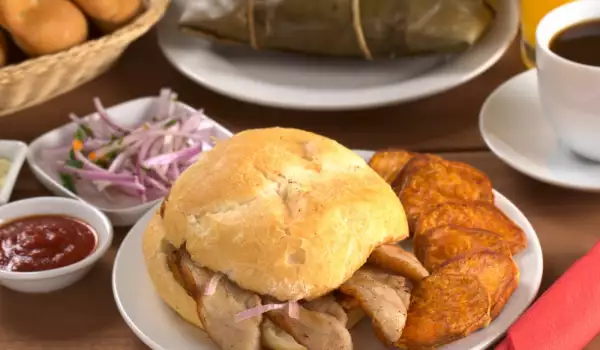
Classic Peruvian cuisine attracts with its unusually bright colors and spicy nuances, owed to the chili peppers that come in hundreds of varieties and are a main ingredient. It also captivates with its bold and harmonious aroma-flavor combinations.
Undoubtedly the greatest charm of this tradition comes from the ingredients - products with inspiring names and a unique taste such as maca - an extremely healthy and scrumptious root, camu camu - the oval fruits of an Amazon bush that are considered a superfood, yacón - an elongated crunchy and slightly sweet tuber from the Andes, cherimoya - a juicy and tasty Andean fruit, rukutu - a species of peppers similar to bell peppers, camote - sweet potato, aji - a species of chili pepper or lucuma - a fruit from the high coastal valleys.
In some very high-altitude areas, they still eat meat from llama, alpaca and wild animals even today. What's typical for all of the Andean zones of Peru is the use of meat from guinea pig or cuy, an animal that has been part of the local culture for millennia and whose meat is low in fat and high in protein.
Try the appetizing recipes for Peruvian-style trout, anticuchos, creole soup, ceviche.
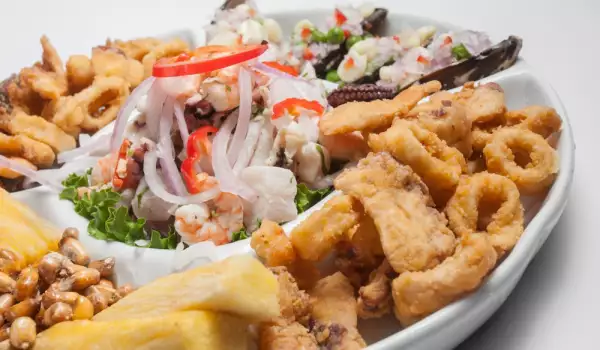



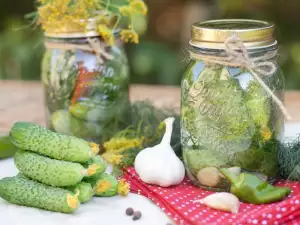
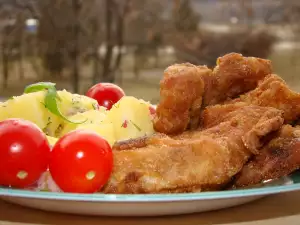
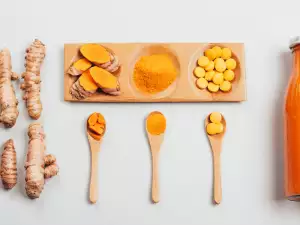
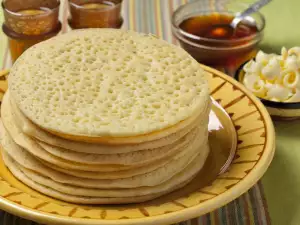
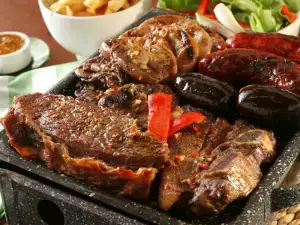
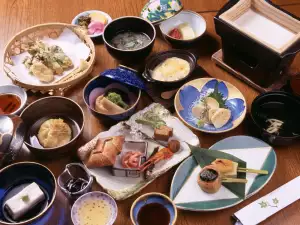

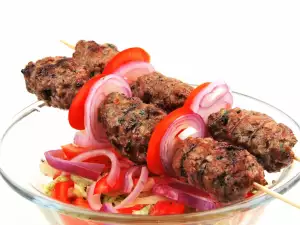
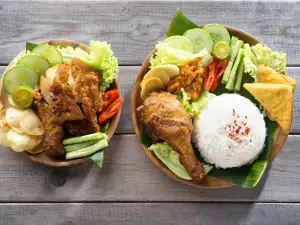
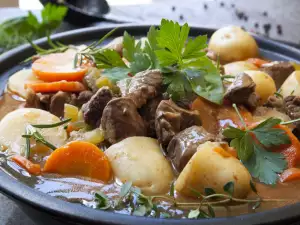
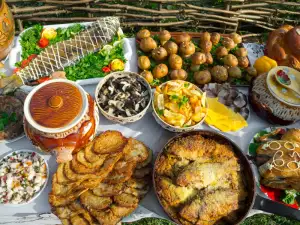
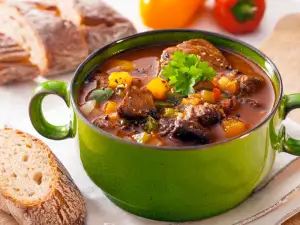




Comments